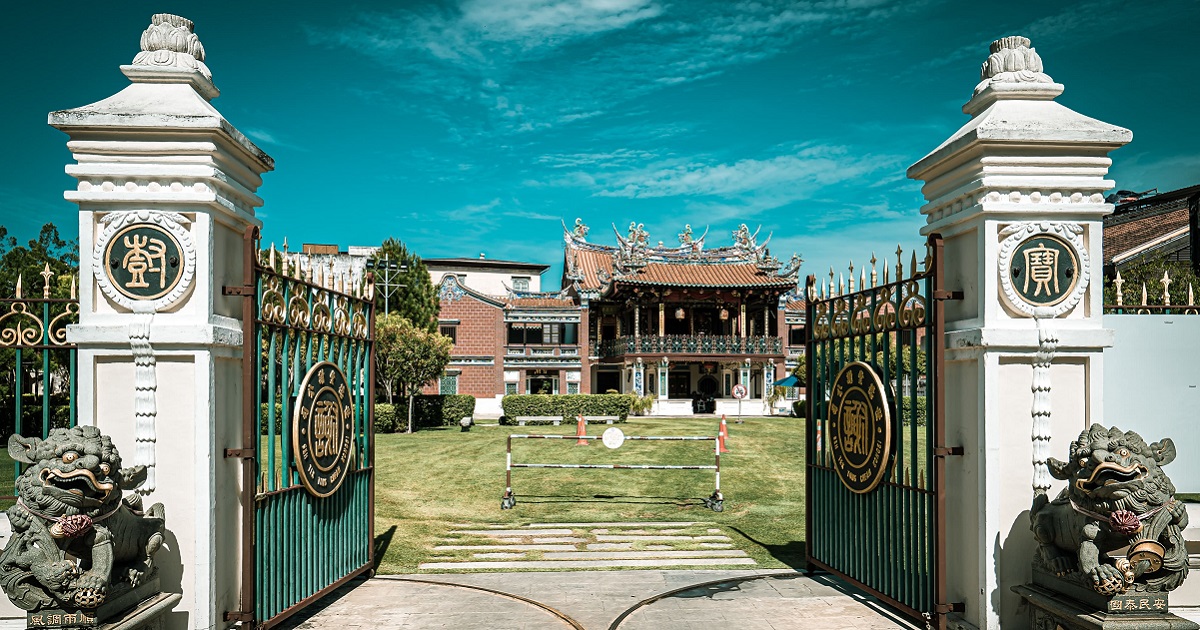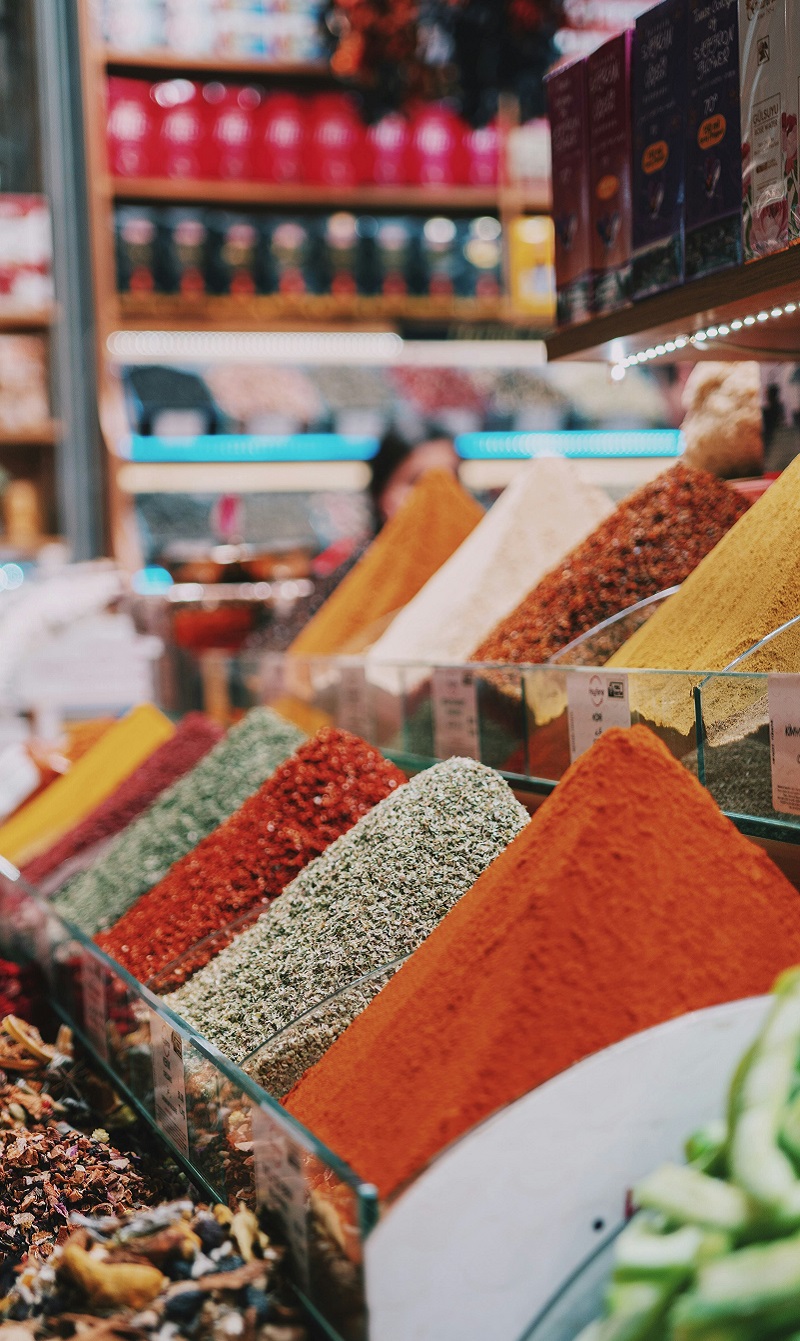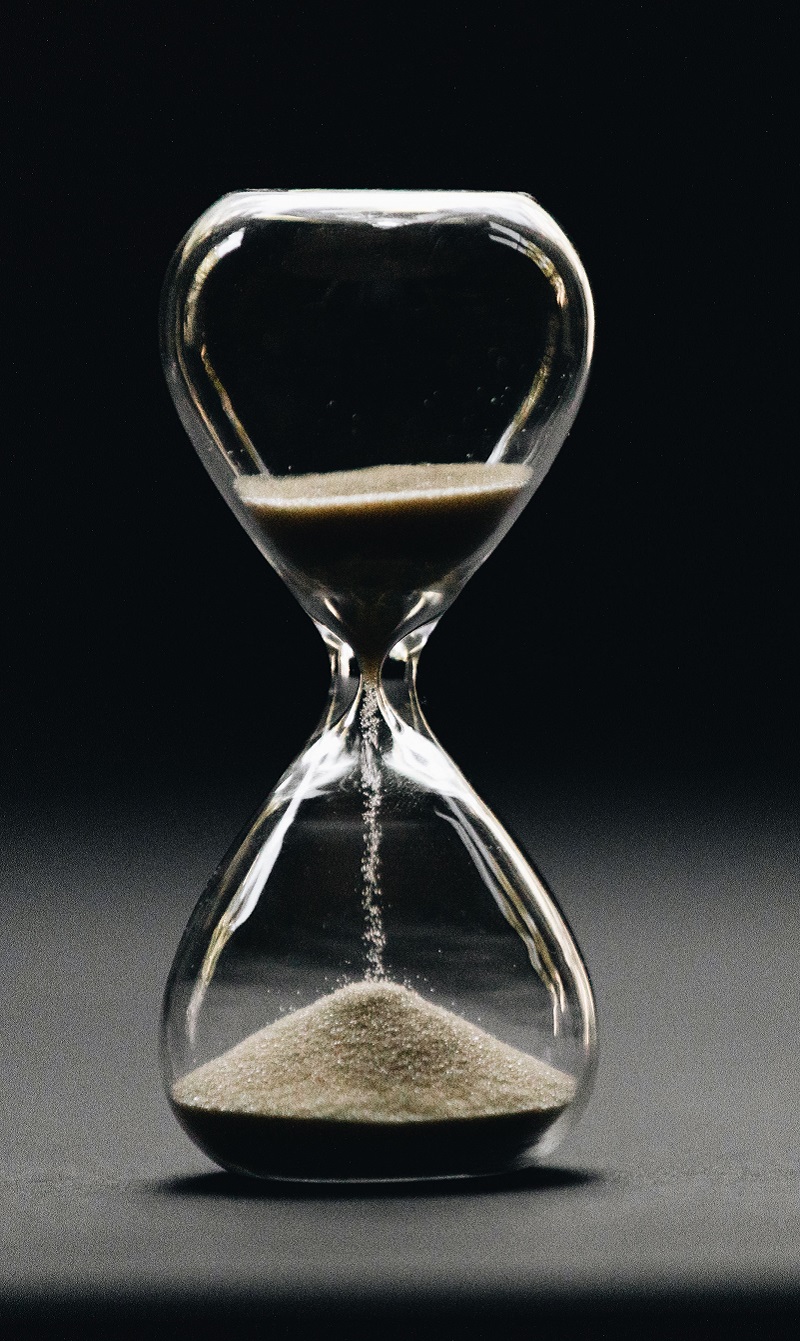Sustainability and Heritage in Penang
Professor Laurence Loh, a conservation architect and restorer, talks to Su Aziz about sustainability efforts in conservation of heritage buildings, specifically in Penang.
It has been five years since In Focus talked to Penang-born Professor Laurence Loh of Arkitek LLA Sdn Bhd. The 72-year old conservation architect and restorer of beautiful heritage buildings in Penang such as Suffolk House and Cheong Fatt Tze mansion, also known as The Blue Mansion, to name a few. He started his architectural firm in 1983, in George Town which is Penang’s capital city. It aims to ‘create architecture specific to the local context, culture and environment’. Also, to integrate green design, tirelessly quest for sustainability and continuously staying educated on the issue.
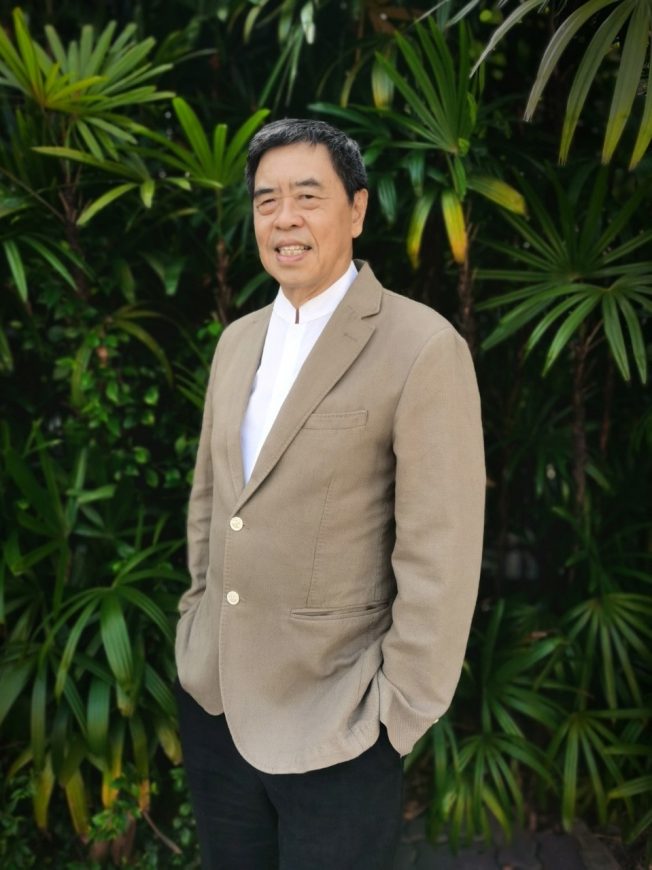
The update on conservation efforts of Penang’s heritage buildings in the last five years, according to Laurence, is proceeding at a comfortable rate on all fronts. ‘Especially with shophouses within the George Town World Heritage Site. They were being adapted to function as boutique hotels as well as restaurants and for other commercial purposes related to tourism,’ he adds. ‘The pandemic brought everything to a standstill. There’s very little evidence of revitalisation of building conservation activities, other than those already on site before the pandemic.’ George Town, along with Melaka, were inscribed as a UNESCO World Heritage Site in 2008.
What is the Outlook of Penang’s Heritage Buildings?
Laurence believes the launch of new individual conservation undertakings by the private sector in the next couple of years will be test cases. ‘There are many empty conserved premises in the tourism-related enclaves. New startups, especially in the food industry, will rent these premises. But the drastic post-pandemic increase in construction materials and costs will discourage new investors in building conservation,’ he warns. ‘New development projects are also competing for the same labour pool and construction materials. Until the supply chains are normalised, I see extraordinary challenges ahead.’
However, beyond 2024, post-elections, it is anyone’s guess. ‘In terms of projects committed by the government in relation to functioning buildings, for example the Penang State Museum and the Town Hall on Esplanade in George Town, as well as sites in the public realm, like Fort Cornwallis, these will continue according to plans and funds committed,’ says Laurence.
Tourism is one of Penang’s key economic sectors. With borders opening up again, the state is getting ready to welcome tourists. But there is a concern. ‘One big shape looming on the horizon is the giant cruise ship, or should I say, cruise ships. They’ll return with a vengeance,’ says Laurence. The Penang Port Authority has expanded Swettenham Pier to allow six cruise ships to berth at any one time. This translates to the possibility of 10,000 passengers descending on George Town and Penang on any single day.
Tourism operators are busy restoring and fitting out warehouses on the east seafront of the harbour in anticipation of this windfall. ‘Do they know something we don’t know? The rest of Penang’s infrastructure is not quite ready. The negative effect of uncontrolled over-tourism and traffic congestion is a promise I dare not contemplate. It is where real benefits do not accrue to the local community. It’s a well-known fact that cruise ship industry players have superior internal revenue capture ecosystems,’ Laurence asserts.

How is Penang Integrating and Funding Sustainability Practices into Conservation Efforts?
‘This begs an answer to your next question,’ Laurence replies. ‘Where does the idea of sustainability, and more importantly, the concept of sustainable development, feature in all these big moves? This includes inclusive economic development. Building to building, the integration of sustainability practices is being carried out in different ways. The fact that, by default, conservation already contributes to cultural as well as social sustainability is already a fortuitous baseline that sets the bar and starts to tick the boxes.’
From an institutional standpoint, Laurence’s architectural firm was one of the pioneers in the area of benchmarking sustainability in heritage buildings through national and international Green Certification. ‘It started with the revitalisation of the famous Chowrasta Market on Penang Road in 2016 for Majlis Bandaraya Pulau Pinang. Upon completion, it was recognised as a Green Building Index (GBI) certified building – the first for a local government building in Malaysia,’ he explains. Further recognition was attained when it was the recipient of The Edge-PAM Green Excellence Award in 2017 for a public building.
The second building was the conservation and adaptive reuse of the UAB Building on China Street Ghaut for Khazanah Nasional Berhad. It was awarded LEED Gold certification (Leadership in Energy and Environmental Design) in 2017. It went on to win the 2018 PAM Gold Medal Award for Conservation and the 2018 PAM Gold Medal Building of the Year Award.
‘There’s no direct state funding to promote and incentivise sustainability practices in private sector heritage building conservation projects,’ Laurence explains. ‘As part of ESG compliance initiatives, a refurbishment project in Penang for a prominent Malaysian bank has elected to aim for GBI Platinum certification. Because ESG practice is compulsory for public listed companies, environmental sustainability will increasingly become a popular corporate mainstream activity. Architects will have to follow their lead whether it is their preference or not.’
What are the challenges when integrating sustainability into conservation efforts?
When Laurence’s firm started to engage in sustainability-based solutions for heritage sites and buildings in 2010, they had to sell the idea to clients. ‘Many shied away because of the extra costs involved,’ Laurence recalls. ‘Only enlightened clients like Khazanah Nasional were the exception. Today, the landscape has changed. Newbies have to adapt or perish.’ Having learnt how to operate in this new environment with the head start, they’ll have a strategic advantage. ‘But it won’t be for long unless you’re able to continue to bring your position in thought leadership on the subject to new heights,’ he says.
Keeping ahead of the curve, Laurence believes, is a compelling challenge. ‘But then this is what makes life interesting,’ he adds. ‘Incidentally, this is what I have been privileged to be exposed to at Think City, which is a subsidiary of Khazanah Nasional.’ Think City is an impact organisation dedicated to making cities more friendly, resilient and liveable through its flagship programmes such as SDG Cities, Culture-based Economic Development and Climate Action, to name a few. Laurence has been a director and its technical advisor since 2009.
Why is it important to ensure sustainability practices in conservation efforts in terms of economic wellbeing?
‘A hint of what I believe is important has been alluded to in my answers to one or two of the above questions,’ Laurence replies but goes on to explain that the reality in Malaysia is linked initially to what the regulators have imposed on corporate businesses.
‘The ESG factor, which is related to how they attract investors and who will lend them money. In time, when sceptics stop greenwashing for the sake of compliance, but instead, recognise that it opens doors to incorporate a blue-sky strategy in their business approach, we may yet buy ourselves and the next generation a bit more time,’ he adds. ‘Back in the old days, we used to say that conservation of our cultural heritage is about giving the past a future. Now, we must include the whole earth in the equation and do what is needed to ensure our survival.’
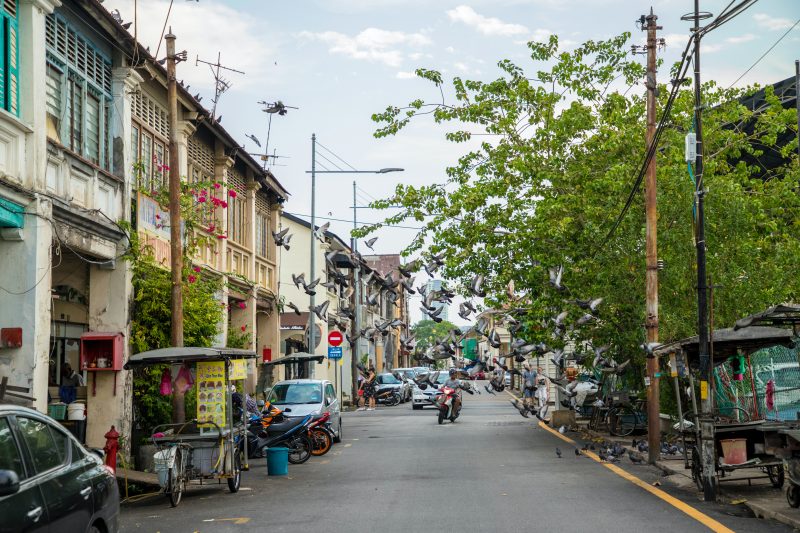
What can the individual do to support heritage building conservation efforts?
‘Rather than talk about what the individual can do, I will mention what I’ve been doing as an example. Partly as a “conscientious objector” to irresponsible practice,’ Laurence responds. ‘I have been promoting the idea of Placing Heritage at the Heart of the Agenda for Sustainable Development. It’s the title of a public talk I presented at KLAF 2020 organised by PAM. I subtitled it Crafting a Heritage Survival Kit. In it I advocated adoption of the UN SDGs as means to repurpose the role of heritage conservation to stay relevant. This is in order to safeguard and future-proof the heritage we love, centred on people, planet, prosperity, peace and partnership. There is now a lot of literature on this subject.’
Laurence proposed that they use SDGs as an overarching framework to inform on localised conservation processes, enhanced by a unique value-based evaluation approach and benchmarking system. Prior to that, he has been teaching conservation master’s degree students at the University of Hong Kong about sustainable development since 2016. It’s also where he obtained a university professorship. ‘It is part of a long global journey of like-minded people and has now become a mainstream idea. I continue to speak about my ideas and projects in international forums and I’ve started to show how cultural heritage conservation can be linked to climate action. I show how the philosophy has been incorporated into live projects and committed action.’
Any advice to those beginning to incorporate sustainability practices into their heritage building conservation efforts?
‘Incorporate SDGs into their worldview,’ Laurence advises. ‘Promote and practise sustainable development. Correct business and professional directions as well as trajectories.’
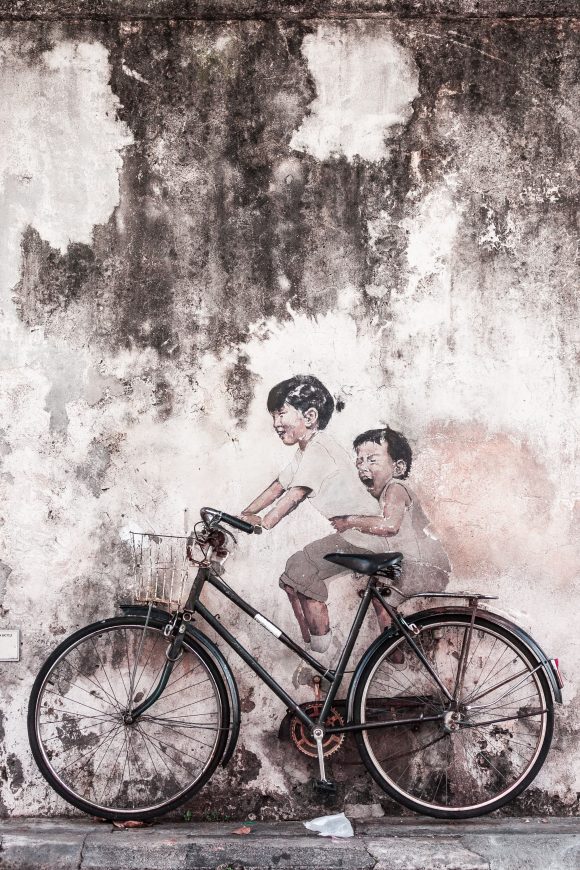
Laurence’s opinion on Penang being open to, and wants to, attract skilled and creative young people:
‘The obvious answer would be “yes”. In fact, I believe Penang should leverage on its special natural and cultural assets to attract talent by improving on its livability and public services, to offer young people a viable alternative to working in Kuala Lumpur or abroad – a better living and working environment, even though the salaries are lower. Penang is definitely a less stressful place to live in if you know how to make it work. And it’s within easy reach of other centres. The State Government has laid it out in its 2030 Plan for Penang. Time to deliver its promises and walk the talk.’
Laurence’s opinion on how Penang should innovate its creative industry for economic recovery in the post-pandemic period:
‘The GLCs, multinational and public listed companies will have their own plans and strategies focussed on their own recovery and survival,’ Laurence says. ‘If there’s spillover where it relates to the creative industry and employment of talent, then it will be good. Personally, I haven’t seen a recovery plan that is innovative in relation to the creative industry. I would start a grants programme similar to what Think City created after George Town’s inscription as a World Heritage Site.’ That programme was called George Town Grants Programme, it ran from 2009 to 2014 and seeded over 300 projects. ‘I would target creative startups as well as arts and cultural heritage-based projects to kickstart local economic development,’ he concluded.
Main photo of Cheah Kongsi in Penang by Chun Ghee Low on Unsplash. Various photos from Unsplash and Envato.
